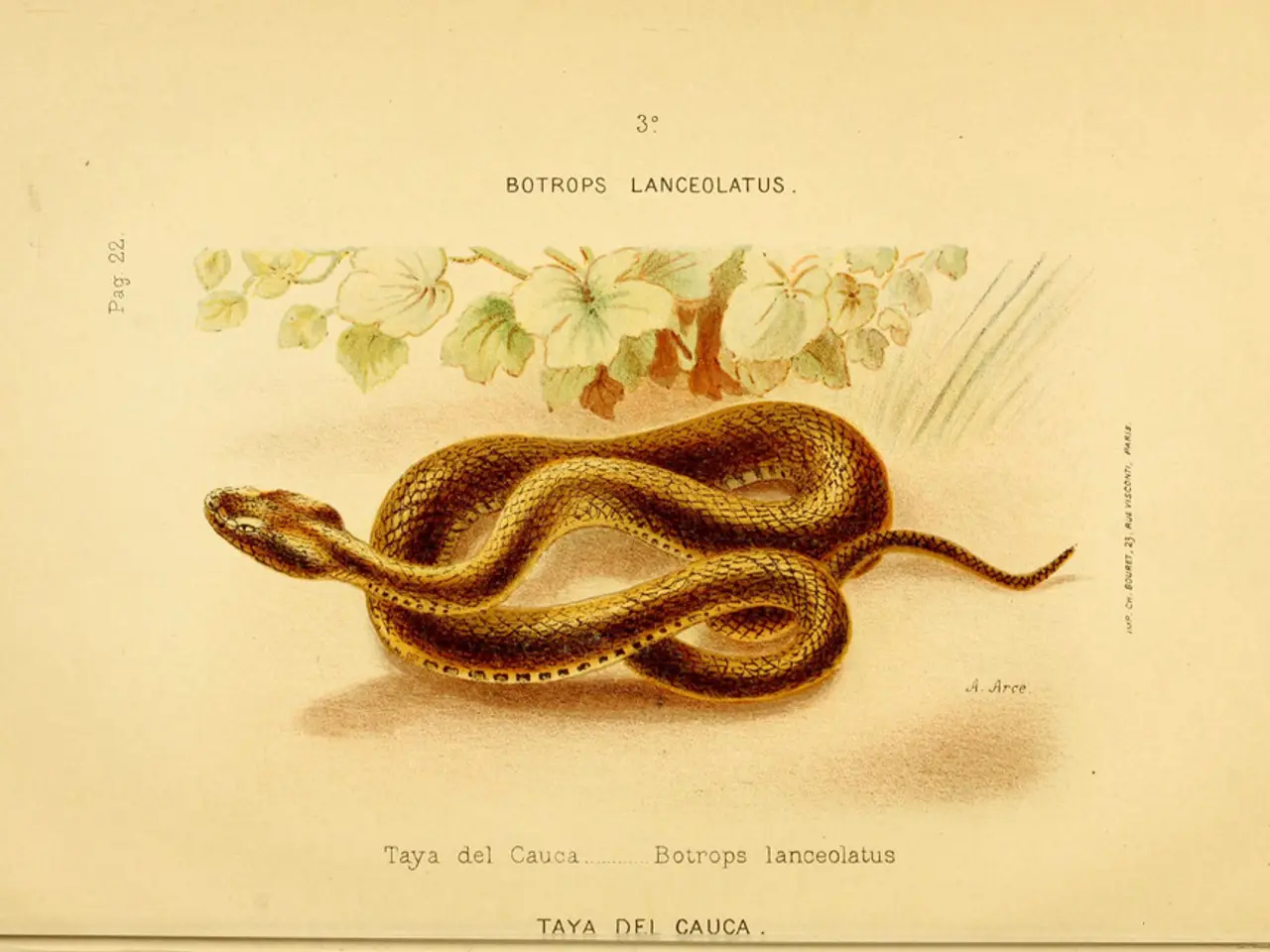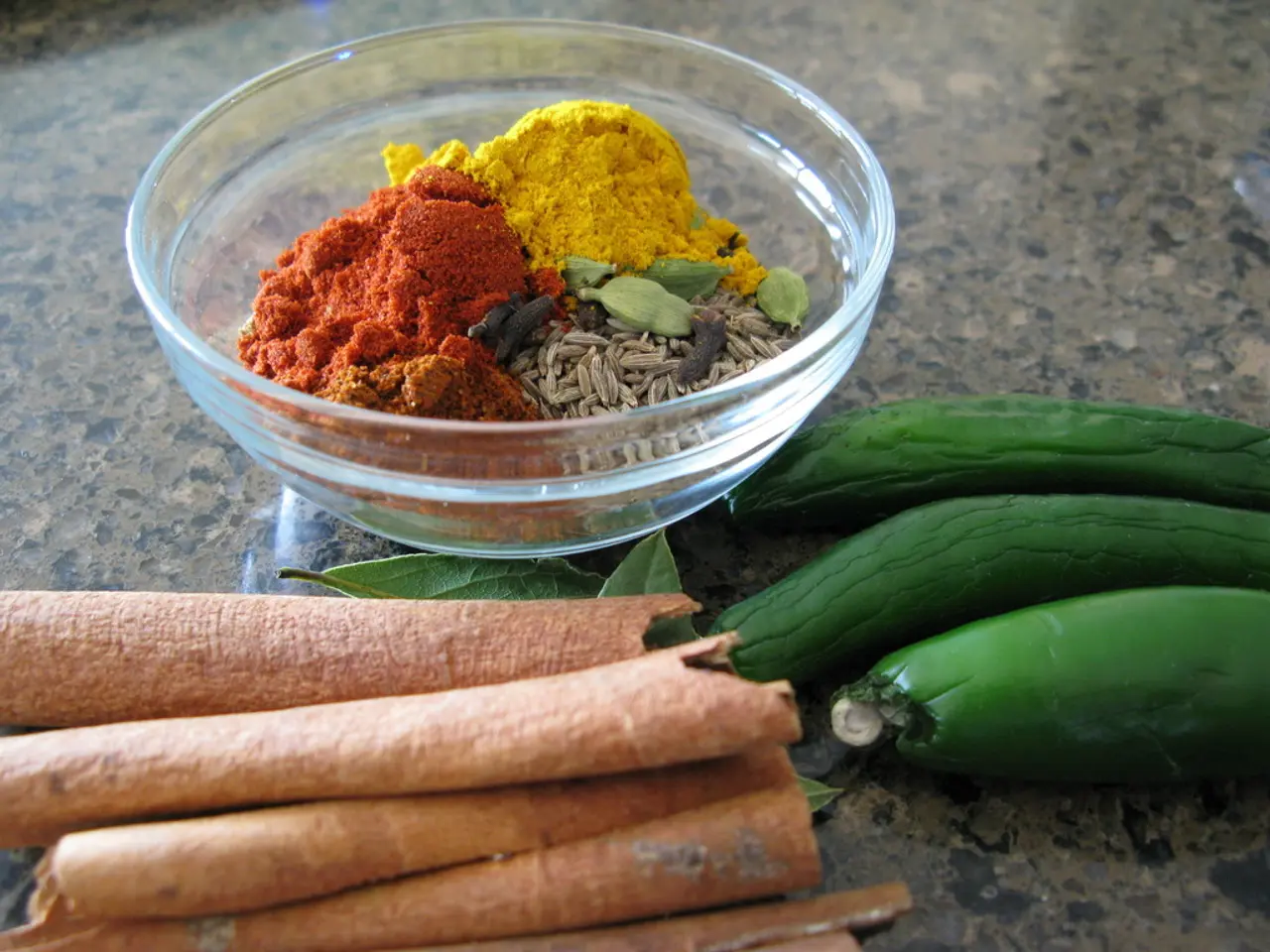Most Dangerous Toxic Flora on Earth
==============================================================
In our natural world, beauty often comes with a hidden danger. Here are some of the most dangerous poisonous plants to be aware of, each posing a threat not only by ingestion but sometimes by touch or inhalation.
The Deadly Oleander
Oleander, a common ornamental shrub, is used as a road barrier and for erosion control. However, its leaves and flowers contain cardiac glycosides that can cause abdominal pain, drooling, and even death. A single leaf may be fatal to a small child.
The Suicide Tree
Native to India and Southeast Asia, the Suicide Tree (Cerbera odollam) is responsible for about 50% of plant poisonings in Kerala, India. Its fruit, which resembles small mangoes, contains cerberin, a toxin that disrupts heart function and is often used in suicides due to its invisibility in autopsies.
The Deadly Nightshade
Deadly Nightshade (Atropa Belladonna), known for its shiny black berries, contains atropine, scopolamine, and hyoscyamine, which affect the nervous system, causing hallucinations, seizures, and potentially leading to death in high doses.
Water Hemlock and Poison Hemlock
Considered among the most poisonous plants in North America, Water Hemlock and Poison Hemlock are toxic if ingested. Both plants can be confused with harmless plants, making them particularly dangerous.
Other Hazardous Plants
Other notable toxic plants include foxglove, mistletoe, rhododendron, and azalea, which also contain dangerous toxins affecting the heart or nervous system.
Stink Lily and the Tree of Death
Stink Lily (Dracunculus Vulgaris) emits the stench of decomposing flesh, while the Tree of Death (Hippomane mancinella) has a pleasant smell and apple-like appearance. Both plants are harmful to humans and pose serious skin hazards.
The Rosary Pea and Castor Oil Plant
The Rosary Pea (Abrus precatorius) contains a highly deadly protein called Abrin, and the Castor Oil Plant (Ricinus Communis) contains a toxin that can be harmful if ingested or if the plant's seeds come into contact with the skin.
White Snakeroot
White snakeroot (Ageratina altissima) is a North American herb that contains trematol, a poisonous alcohol, and was responsible for the death of Abraham Lincoln's mother, Nancy Hanks. It can cause "milk poisoning" in humans through poisoned cattle meat and milk.
The Dangers of Misidentification
These plants are hazardous not only by ingestion but sometimes by touch or inhalation, so proper identification and avoidance are crucial. If exposure or ingestion occurs, immediate medical attention is critical due to the rapid onset of severe symptoms.
- Seeds from the Castor Oil Plant and Rosary Pea should be handled with care, as they contain toxins that can harm you if ingested or if their seeds come into contact with your skin.
- The Dangerous Oleander, though beautiful, poses a threat not only by ingestion but sometimes by touch or inhalation, as its leaves and flowers contain cardiac glycosides that can cause abdominal pain, drooling, and even death.
- In health-and-wellness, it's important to be aware of hazardous plants and their potential effects, such as the Deadly Nightshade, which contains atropine, scopolamine, and hyoscyamine, affecting the nervous system and causing hallucinations, seizures, and potentially death in high doses.
- The Suicide Tree, native to India and Southeast Asia, is responsible for about 50% of plant poisonings in Kerala, India, due to its fruit containing cerberin, a toxin that disrupts heart function and is often used in suicides due to its invisibility in autopsies.




